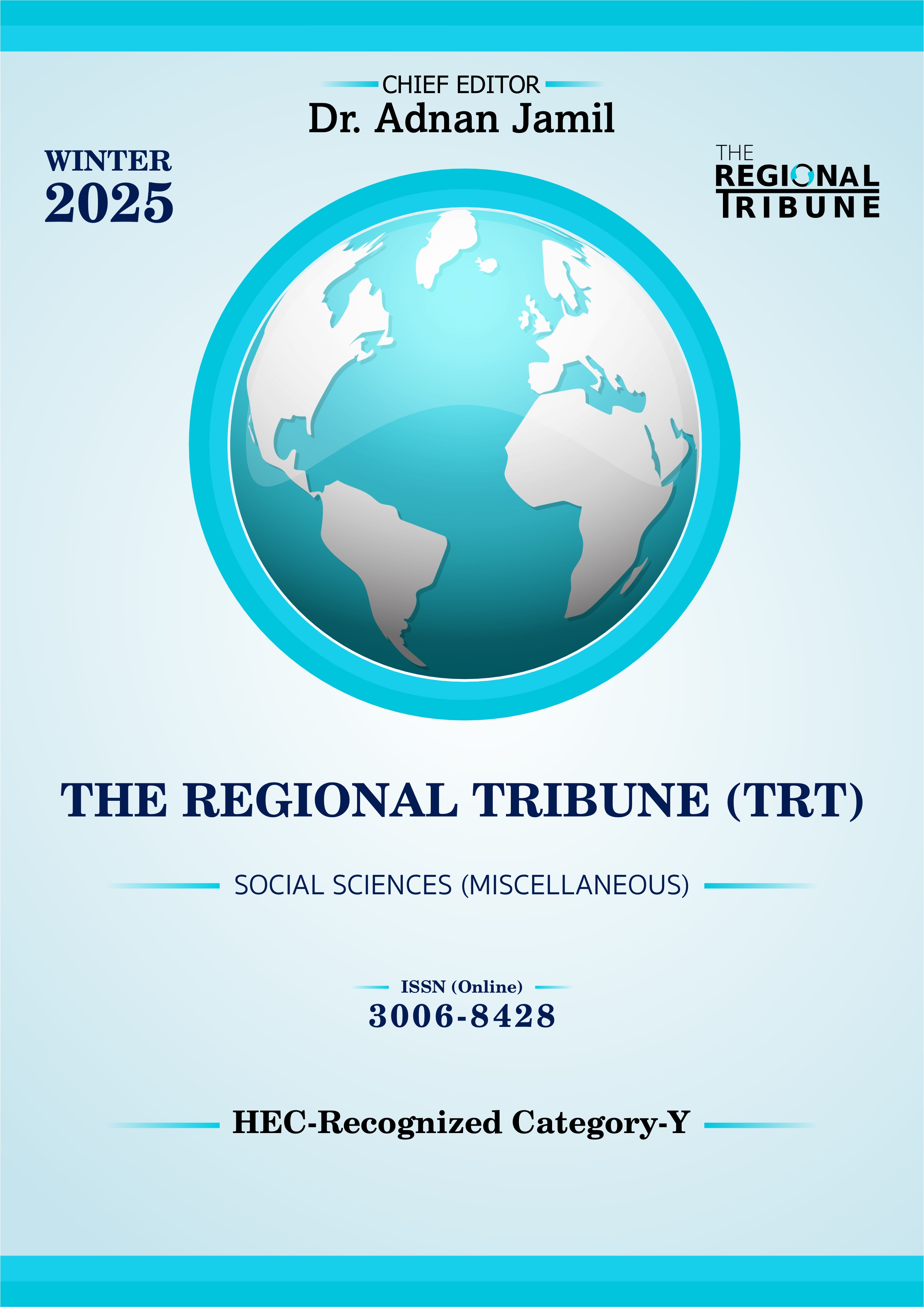Hyperreality and Shaping of Perceptions: Media, Advertising, and Religion in Arundhati Roy’s The Ministry of Utmost Happiness
DOI:
https://doi.org/10.55737/trt/WR25.129Keywords:
Hyperreality, Media, Advertising, Religion, The Ministry of Utmost HappinessAbstract
This paper explores the influence of media, advertising, and religion on characters’ perceptions of reality in Arundhati Roy’s The Ministry of Utmost Happiness. Using Jean Baudrillard’s theory of hyperreality as the primary framework, the analysis demonstrates how constructed images and narratives blur the boundaries between the real and the simulated. The study examines characters such as Anjum, Saddam Hussain, Naga, and Biplap Dasgupta to show how media manipulation, advertising imagery, and religious simulacra shape identity, distort truth, and perpetuate power structures. Instances of 9/11 coverage, consumer culture, and iconographic religion highlight how hyperreality constructs subjective realities that govern individuals’ experiences and societal norms. The paper argues that the novel not only critiques these mechanisms but also reveals their pervasive role in postmodern life. By foregrounding hyperreality, the discussion situates The Ministry of Utmost Happiness as a powerful commentary on media-driven societies where truth is displaced by representation and perception is dominated by constructed realities.
References
Alam, S M. (2021). Issues around Media and Misrepresentations in Arundhati Roy‘s The Ministry of Utmost Happiness. Litwrite Bangladesh. 1 (1). 17-29.
Baudrillard, J. (1983). Simulations. Semiotext(e).
Baudrillard, J. (1994). Simulacra and simulation (S. F. Glaser, Trans.). University of Michigan Press.
Baudrillard, J. (1998). The consumer society: Myths and structures. SAGE Publications
Baudrillard, J. (2001). Selected writings (M. Poster, Ed., 2nd ed.). Stanford University Press.
Best, S., & Kellner, D. (1991). Postmodern theory: Critical interrogations. New York, NY: Guilford Press.
Enzensberger, H. M. (1974). The consciousness industry: On literature, politics, and the media (M. Roloff, Ed.). Seabury Press.
Gane, M. (2010). In R. G. Smith (Ed.), The Baudrillard Dictionary (pp. 95-96). Great Britain: Edinburgh University Press.
Geoffroy, M. (2012). Hyper-real Religion Performing in Baudrillard‘s Integral Reality. In A, Possamai (Ed.), A Handbook of Hyperreal Religion. (pp. 23- 35). Boston: Brill Publications Lane, R. J. (2000). Jean Baudrillard. Routledge.
Luke, T. W. (1991). Power and politics in hyperreality: The critical project of Jean Baudrillard. Social Science Journal, 28(3), 347–367.
Mackay, H. (1997). Consumption and everyday life. Sage.
Marcuse, H. (1964). One-dimensional man. Beacon Press.
McLuhan, M. (1964). Understanding media: The extensions of man. New York: McGraw Hill.
Smith, R. G. (2010). Baudrillard dictionary. Edinburgh University Press.
Ucar, B. (2008). Identity in postmodernity. International Journal of Humanities and Social Science, 3(2), 1–5.
Wolny, R. (2017). Simulacra and the problem of representation in Jean Baudrillard’s philosophy. International Journal of Philosophy and Theology, 5(1), 76–84.
Downloads
Published
Issue
Section
License

This work is licensed under a Creative Commons Attribution-NonCommercial 4.0 International License.



